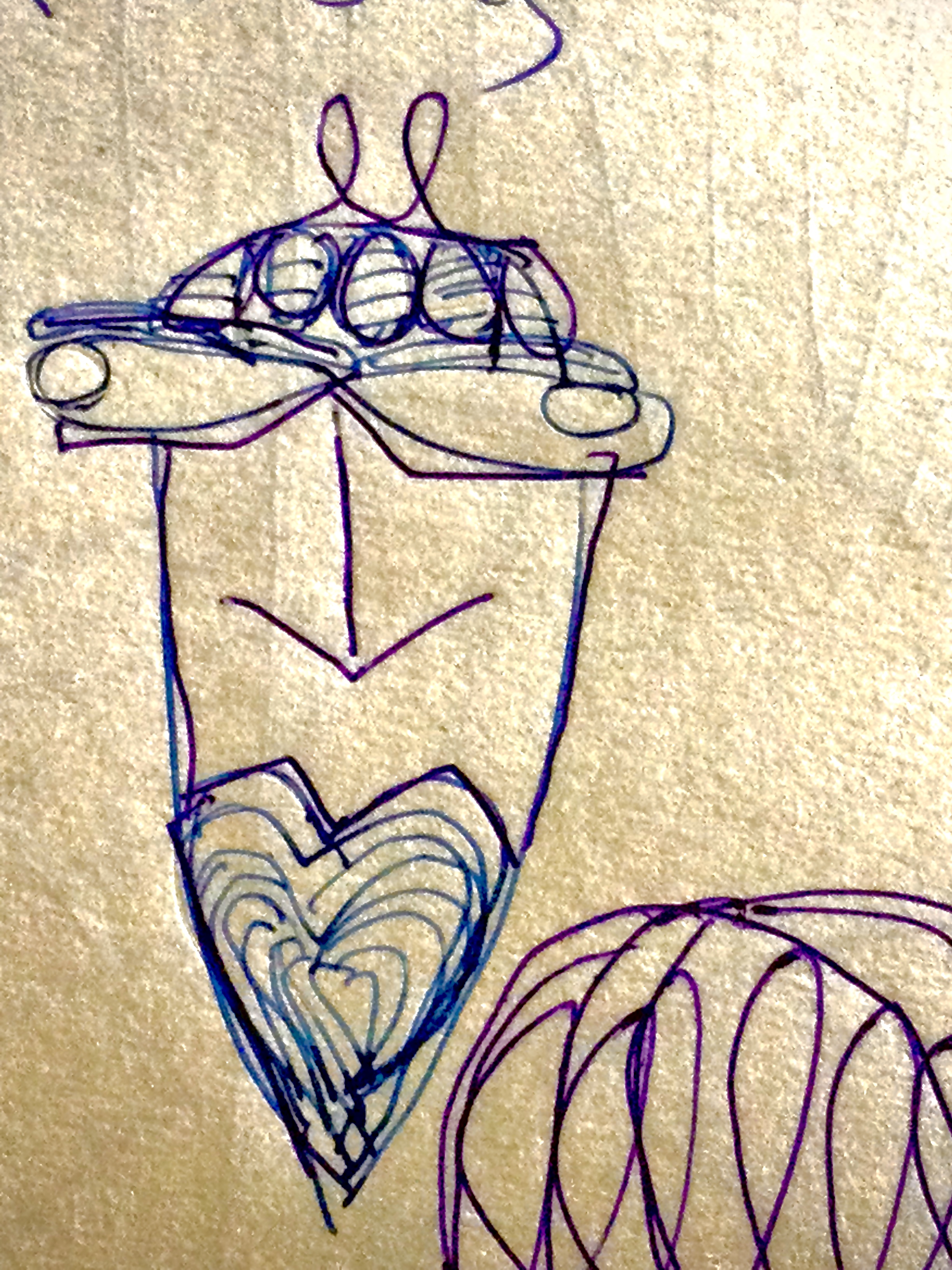Can we consider ourselves as cognitive species any more? I doubt so. Cognition involves critical capabilities for recognition of complex and simple challenges. As we become more and more attached to the technical singularity, we are demonstrating more and more parasitic behaviours in our daily interactions with mediums and morphs of technology. We have succeeded in abstracting our emotions, memories, senses, and perspectives into different forms and formats of technology. It is indeed a marvellous achievement from the sociological perspective. However the results of this digital transformation are not entirely enticing. We are getting enmeshed and entangled in the cultural convergence of technology and media.
It seems human mind is not able to circumvent the complexities, concoctions and convolutions of modern and post modern media formats. We, the humans, are quite imaginative and imitative. Some of us even believe that all the progresses in the pathways of human kind is just a collective result of our imitation games – imitation games that we played on the turfs of nature. Beyond the blind boundaries of imitation, we have created some inventive constructs departing from the logic of nature. The sum total of those imitations and imaginations have indeed made us mortals the magical monsters in the modern times!
When we trace route the pathways of progress, we can see that in every phase of our evolution and revolution, humanity has succumbed to the irrational instincts such as idol worship many times. There is an interesting saturation point in various cultures and sub cultures. We tend to reach our cognitive limits time and again. Perhaps this is the spirit from the story about Frankenstein monster and Faustus that reminds us about the abundance of human stupidity and stubbornness. If we try to plot the cognitive capacity curve on a graph, it may look like a logarithmic curve that saturates after a threshold. It may also be a cyclical curve of resonance. Beyond the finer nuances of the representations, it is quite clear that humanity succumbs to irrational instincts time and again.


